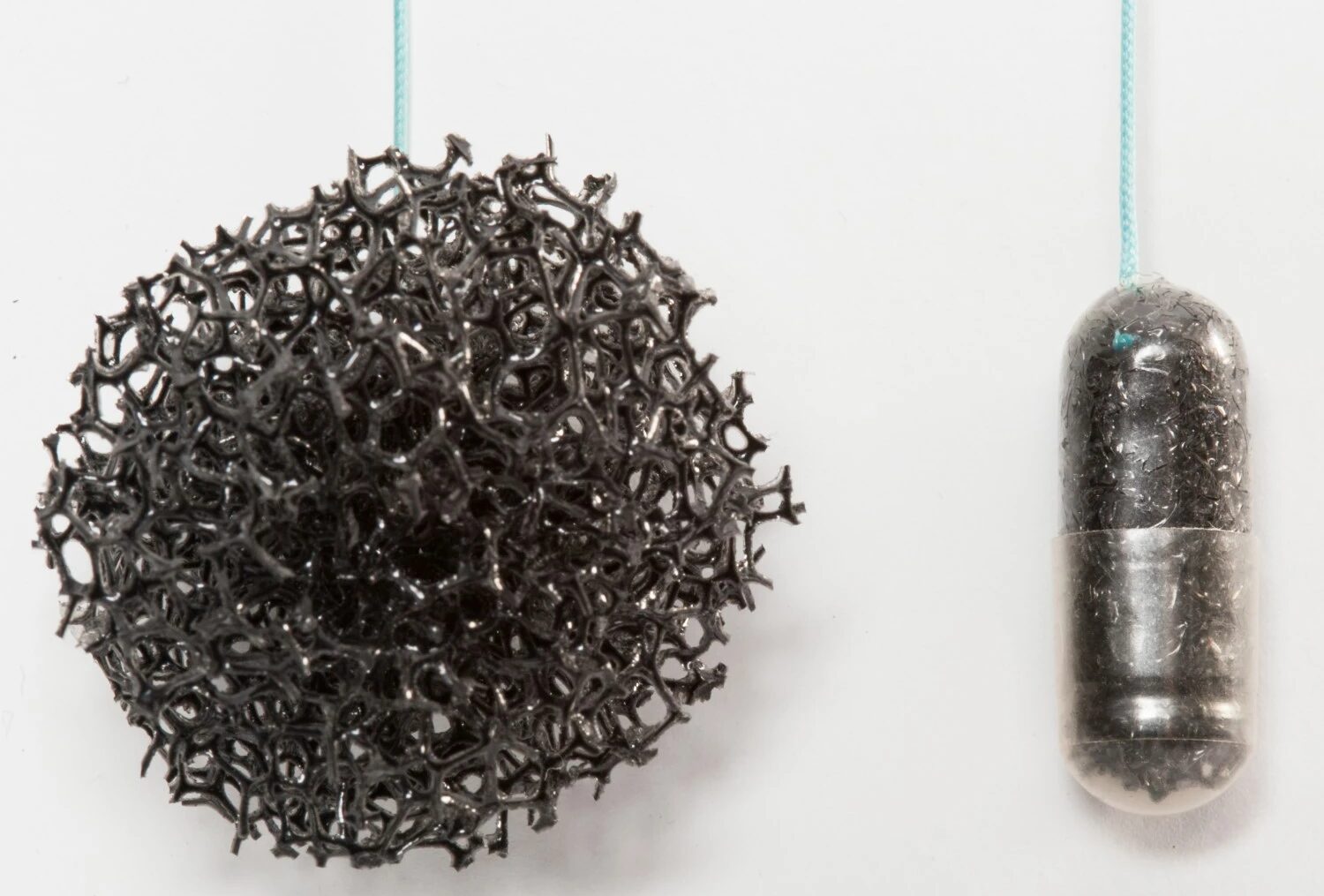Calls for Ukraine
Calls for Europe
Calls for USA

Scientists from the UK have presented a system for assessing the risk of esophageal cancer in patients with Barrett’s syndrome. It is based on the analysis of two biomarkers (cell atypia and p53 expression) in samples obtained using a sponge attached to a thread in a swallowable capsule, as well as clinical risk factors. The system was tested on a sample of 910 patients; dysplasia of any severity or cancer was detected with a sensitivity of over 87%, and a low-risk group was identified, where the risk did not exceed 3%. In the low-risk group, regular endoscopic examinations are not necessary, and less invasive biomarker analysis is sufficient.
Esophageal cancer is difficult to treat; the five-year survival rate for this diagnosis is only 15–20%. An important role in the early identification of esophageal cancer is played by monitoring patients with Barrett’s esophagus (Barrett’s syndrome) — a precancerous condition associated with reflux disease, in which intestinal-type epithelium is present in the esophagus. Currently, regular endoscopy remains the standard for monitoring to detect dysplasia and early stages of cancer. However, this is an expensive and unpleasant procedure for the patient, and the accuracy of the diagnosis largely depends on the skill of the medical staff — in recent years, more and more data has been published on the large number of cancer diagnoses made 3–36 months after endoscopy. Scientists from the UK have proposed a new approach to assessing the risk of esophageal cancer — one that is more predictive, cheaper, and less unpleasant than regular endoscopy.
The method uses a “sponge in a capsule” system developed in the UK more than 20 years ago. The sponge for taking samples is attached to a thread and placed in a small capsule, similar to those used for medical drugs. The patient swallows the capsule, which dissolves in the stomach, releasing the sponge. The sponge is then pulled out by the thread, collecting cell samples from the surface of the esophagus in the process. The procedure takes less than 10 minutes, does not require sedation, and can be performed by a single specialist.
In their new study, the authors analyzed the samples obtained for two biomarkers of esophageal cancer: the presence of atypical cells and increased expression of the p53 transcription factor. Patients with negative results for both biomarkers were classified into low- and medium-risk groups based on clinical risk factors (Barrett’s esophagus size and age). Patients who tested positive for at least one biomarker were classified as high risk, either first degree (glandular cell atypia and increased p53 expression) or second degree (any other combination of results).
The article publishes data obtained from 910 patients from two clinical studies — DELTA (505 patients) and the NHSE pilot study (405 patients). Among them, 138 were classified as high risk, 283 as medium risk, and 489 as low risk.
Since clinical guidelines recommend referral for endoscopy at a 3% risk of cancer development, one of the main objectives of the study was to form a low-risk group with a probability of cancer development of less than 3%. When assessing risks based on clinical data alone, the 95% confidence interval for the low-risk group was 1.2–3.8% (12 cases of cancer development in 560 patients). After transferring patients with positive biomarker results to the high-risk group, the confidence interval decreased to 0.1–1.6%. In this group, only two of 489 patients had endoscopy reveal dysplasia requiring observation.
The authors highlight a case in which the sponge test detected cancer in a patient with a very small area of Barrett’s esophagus.
Overall, the sensitivity of the test (combination of biomarkers and clinical factors) when comparing high- and medium-risk groups with the low-risk group was 94.4% for severe dysplasia or cancer and 87.2% for dysplasia of any severity or cancer.
To further optimize screening, the authors developed an artificial intelligence-based system that identifies increased p53 expression in stained samples. The system achieved 100% sensitivity in identifying positive samples. More than two-thirds of the samples were classified as negative by AI. This algorithm can significantly reduce analysis time when the system is implemented in clinical practice.
Thus, combining biomarker analysis in samples obtained using a capsule sponge with classical methods of assessing the risk of esophageal cancer increases the informative value of the test. The authors propose the following approach to screening: after the initial examination, patients in the low-risk group undergo regular biomarker testing; patients in the medium-risk group alternate between biomarker testing and endoscopy; patients in the high-risk group are referred for immediate endoscopy.
Please rate the work of MedTour
